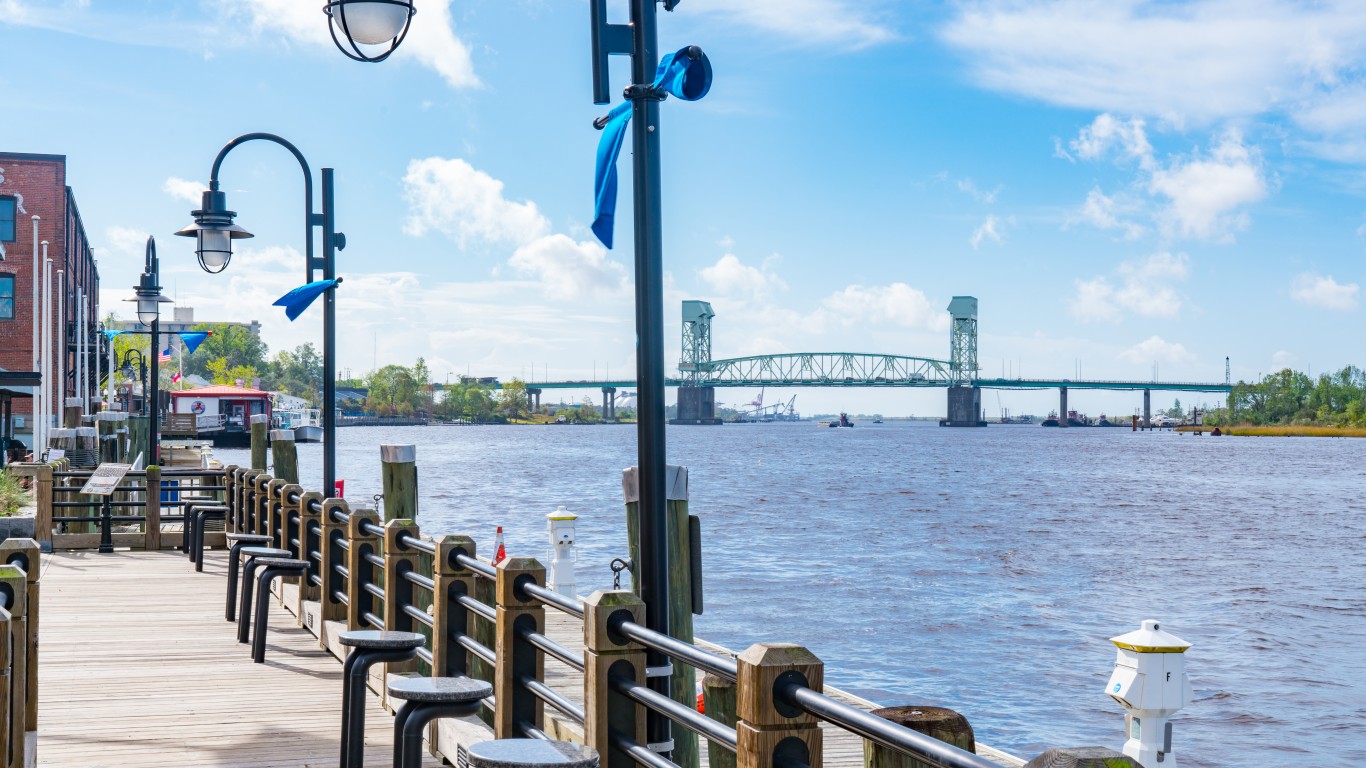
Everybody’s scared of something – spiders, tight spaces, public speaking, commitment. Fear can be a positive emotion, saving us from danger or causing us to reevaluate our feelings and perhaps deal with them. But it can also cause crippling anxiety.
When fears become overpowering or debilitating, they’re considered phobias, from the Greek “phóbos,” meaning fear or panic. Phobias are a form of anxiety disorder, which can be triggered not only by the object of fear but even by thinking about it. All the usual symptoms of anxiety – shortness of breath, heart palpitations or racing heartbeat, sweating, dizziness, and more – can manifest themselves. (This is why people are scared to drive their cars.)
Some phobias are relatively easy to manage. Those who are afraid of flying can drive or take the train when possible. Those afraid of deep water can stay on shore. Other phobias are trickier: People might have a fear of needles, so getting shots or a cavity filled is problematic, but often they may submit to those things sooner or later. The more complex phobias like agoraphobia – the fear of open spaces or crowded places – can ruin someone’s life.
Some phobias are rare and seem almost humorous (koumpounophobia is the fear of buttons; anatidaephobia is the fear of ducks). Others are far more common. According to the National Institutes of Health, about 12.5% of the American population suffers from claustrophobia – the fear of enclosed spaces. In all, about 10% of adults and 20% of teenagers in the U.S. suffer from one kind of phobia or another. (These are the most common ailments in America.)
Click here to see the 20 most common phobias
It is difficult to quantify the most common phobias because many people keep their dire fears to themselves, or they evolve out of them. To assemble a list of 20 of the most common phobias, however, 24/7 Tempo reviewed articles on the subject from websites including NHS, Johns Hopkins Medicine, Medical News Today, Healthline, MedicineNet, FearOf, TalkSpace, and Verywell Mind.
It should be noted that two all-too-common “phobias,” homophobia and transphobia, aren’t phobias at all, despite their names. The terms imply prejudice against, bias, or dislike of – rather than fear of – gays or transsexuals.

Acrophobia
> Definition: Fear of heights
[in-text-ad]

Claustrophobia
> Definition: Fear of enclosed spaces
Agoraphobia
> Definition: Fear of open spaces or crowds

Aerophobia (or Pteromerhanophobia)
> Definition: Fear of flying
[in-text-ad-2]

Arachnophobia
> Definition: Fear of spiders

Entomophobia
> Definition: Fear of insects
[in-text-ad]

Ornithophobia
> Definition: Fear of birds

Ophidiophobia
> Definition: Fear of snakes

Cynophobia
> Definition: Fear of dogs
[in-text-ad-2]

Equinophobia
> Definition: Fear of horses

Trypanophobia
> Definition: Fear of needles
[in-text-ad]

Mysophobia
> Definition: Fear of dirt or germs

Androphobia
> Definition: Fear of men

Gynophobia
> Definition: Fear of women
[in-text-ad-2]

Hemophobia
> Definition: Fear of blood

Hydrophobia
> Definition: Fear of water
[in-text-ad]

Necrophobia
> Definition: Fear of death

Xenophobia
> Definition: Fear of strangers or foreigners

Astraphobia (or Brontophobia)
> Definition: Fear of thunderstorms
[in-text-ad-2]

Phasmophobia
> Definition: Fear of ghosts
Take Charge of Your Retirement: Find the Right Financial Advisor For You in Minutes (Sponsor)
Retirement planning doesn’t have to feel overwhelming. The key is finding professional guidance—and we’ve made it easier than ever for you to connect with the right financial advisor for your unique needs.
Here’s how it works:
1️ Answer a Few Simple Questions
Tell us a bit about your goals and preferences—it only takes a few minutes!
2️ Get Your Top Advisor Matches
This tool matches you with qualified advisors who specialize in helping people like you achieve financial success.
3️ Choose Your Best Fit
Review their profiles, schedule an introductory meeting, and select the advisor who feels right for you.
Why wait? Start building the retirement you’ve always dreamed of. Click here to get started today!
Thank you for reading! Have some feedback for us?
Contact the 24/7 Wall St. editorial team.

 24/7 Wall St.
24/7 Wall St.